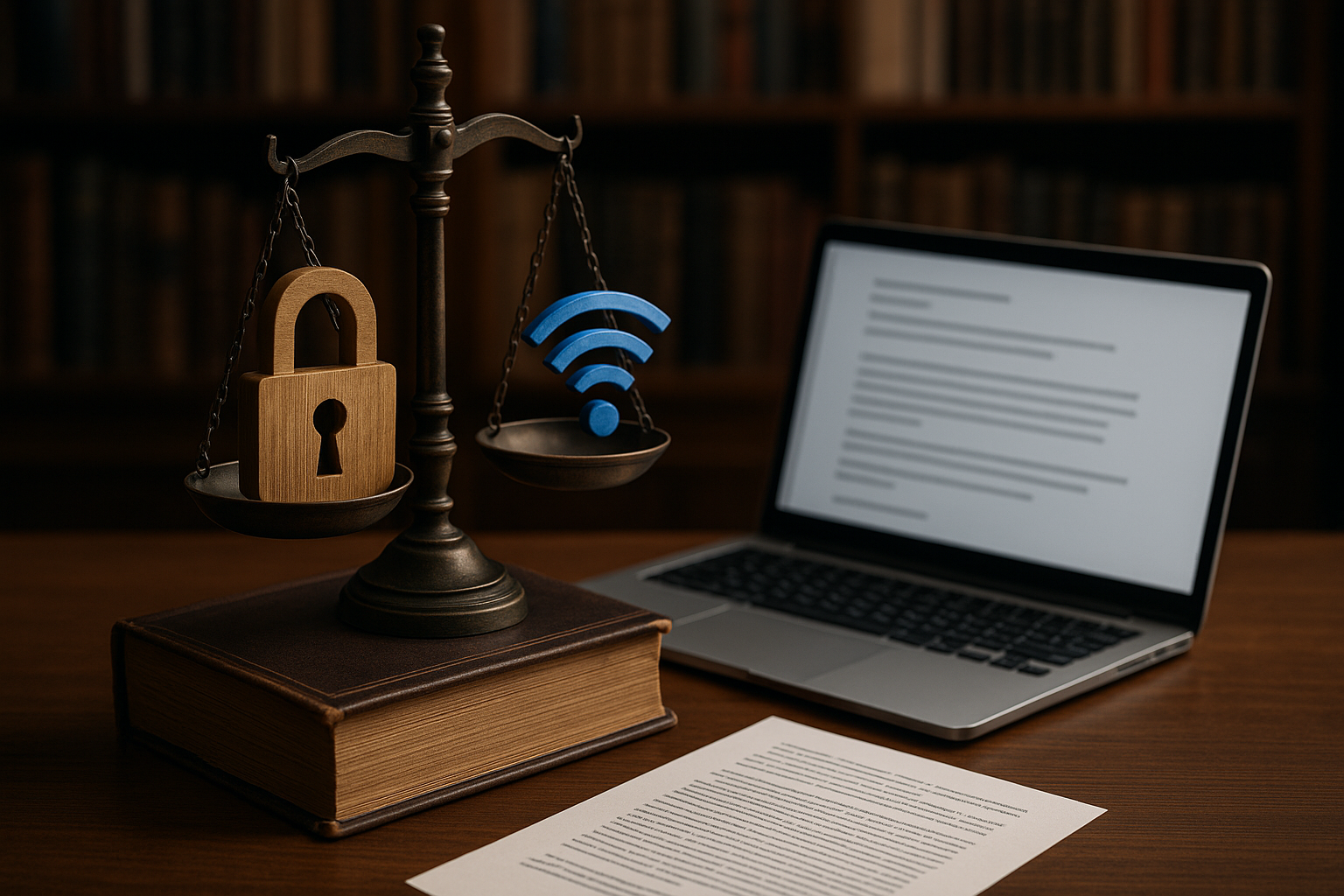The Changing Landscape of Intellectual Property Rights in the Digital Age
In the age of rapid technological advancements, intellectual property rights have taken center stage in legal and policy discussions. This article delves into the past and present of intellectual property laws, focusing on their evolution in the digital era, and examines their societal implications.

A Brief History of Intellectual Property Law
Intellectual property law has its roots in the idea of protecting creators and inventors, a concept that dates back to ancient Greece. However, the formalization of these rights began in the 18th century with the enactment of the Statute of Anne in Britain, which provided authors with exclusive rights to their works. The Industrial Revolution further spurred the development of intellectual property laws, leading to the establishment of patent systems.
Intellectual Property Law in the 21st Century
With the advent of the digital age, intellectual property law has had to adapt to new challenges. The internet has drastically altered how content is created, distributed, and consumed, making it easier for copyright infringement to occur. The shift from physical to digital goods, the rise of social media, and the proliferation of user-generated content have all added complexity to intellectual property law.
Legislative Changes in the Digital Age
The Digital Millennium Copyright Act (DMCA) of 1998 in the United States marked a significant legislative response to the digital revolution. The DMCA criminalized the circumvention of digital rights management technologies and provided safe harbors for online service providers. However, critics argue that it stifles innovation and free speech. More recent discussions revolve around the need for international harmonization of intellectual property laws and the handling of digital rights in the wake of emerging technologies like artificial intelligence.
Implications and Impact on Society
The evolution of intellectual property laws in the digital age has far-reaching societal implications. On one hand, stringent laws can protect creators from online piracy and ensure they are compensated for their work. On the other hand, overly restrictive intellectual property laws can hinder creativity, innovation, and access to knowledge. Balancing these competing interests is a complex task that continues to shape legal and policy debates.
Conclusion
The digital age has undeniably transformed the landscape of intellectual property law. As technology continues to evolve, so too will the laws governing it, necessitating a careful balance between protecting creators and promoting innovation. The ongoing discourse surrounding intellectual property rights in the digital era serves as a prime example of how law and government must adapt to society’s changing needs.




